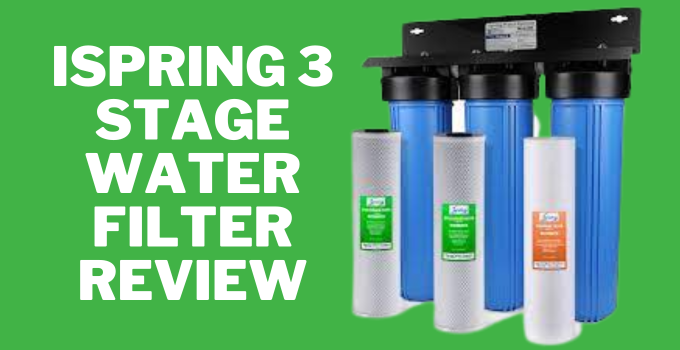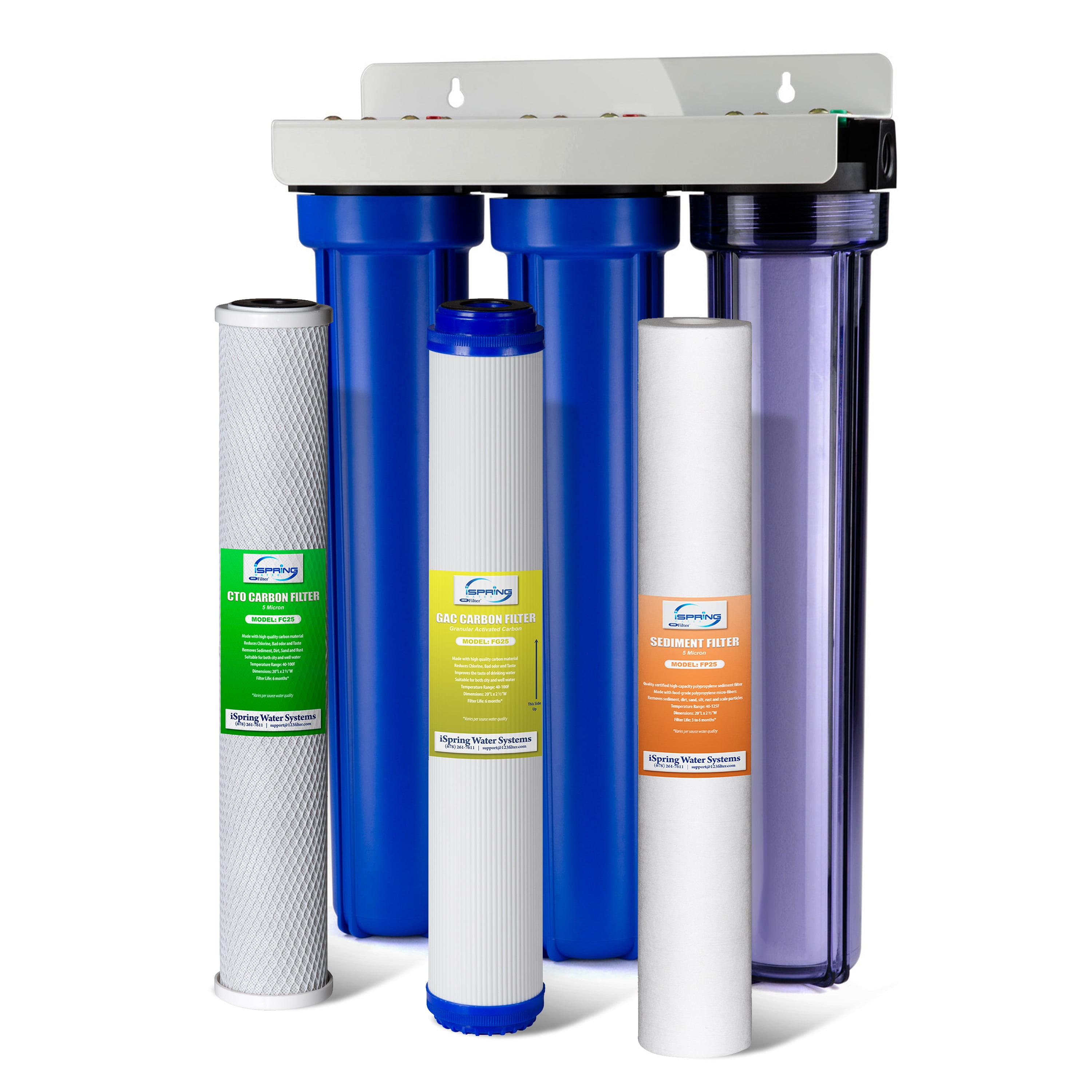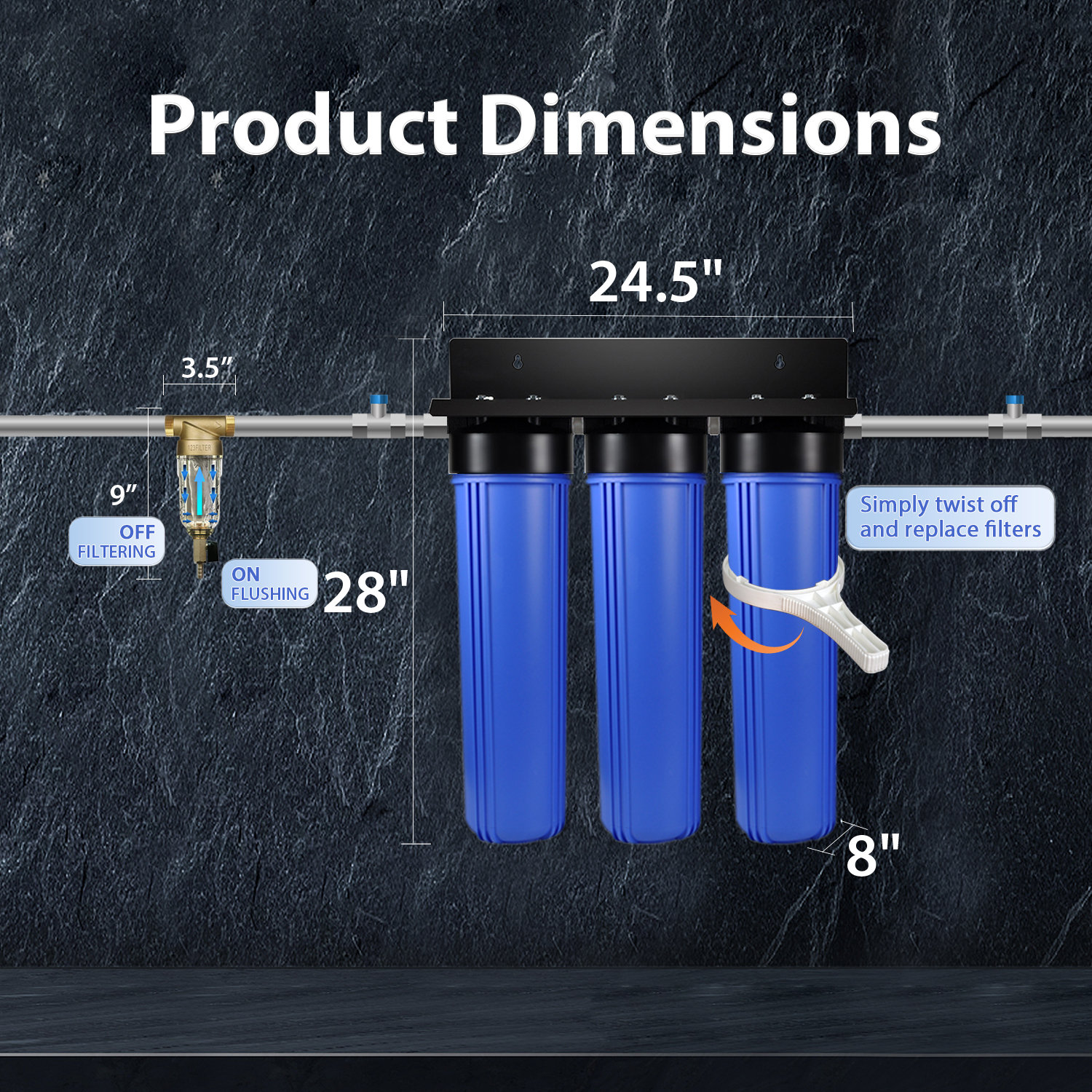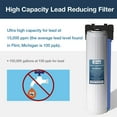Ispring Whole House Water Filter Review

The market for whole house water filters is booming as homeowners increasingly prioritize water quality and seek to reduce reliance on bottled water. Among the popular brands, iSpring Water Systems has emerged as a significant player, offering a range of filtration solutions for various needs and budgets. This review provides an objective analysis of iSpring whole house water filters, examining their features, performance, installation, and overall value proposition.
The core question for consumers is whether an iSpring system truly delivers on its promises of cleaner, safer water for the entire home. This article aims to provide readers with the information necessary to make an informed decision, weighing the pros and cons based on available data and user feedback. The focus will be on the effectiveness of the filters, ease of installation and maintenance, and long-term cost-effectiveness.
iSpring Whole House Filter Systems: An Overview
iSpring offers several whole house water filter systems, each designed to address specific water quality concerns. These systems typically consist of multiple stages of filtration, removing sediment, chlorine, chloramine, and other contaminants.
The most popular models include the WGB series (WGB32B, WGB21B, WGB32BM), which utilize a combination of sediment, carbon block, and granular activated carbon (GAC) filters. These systems are designed to improve the taste and odor of water while also removing harmful chemicals and particulate matter.
Key Features and Specifications
Filtration Stages: Most iSpring systems employ a three-stage filtration process. The first stage usually involves a sediment filter to remove sand, silt, and rust.
The second and third stages typically consist of carbon filters, which target chlorine, chloramine, and other organic compounds.
Flow Rate: iSpring systems are generally designed to maintain a sufficient flow rate for most household needs. Many models boast a flow rate of up to 15 gallons per minute (GPM), ensuring minimal disruption to water pressure.
Filter Lifespan: The lifespan of the filters varies depending on water quality and usage. Sediment filters typically need to be replaced every 6-12 months, while carbon filters can last for 6-12 months.
Installation: iSpring systems are generally designed for DIY installation. The company provides detailed instructions and video tutorials to guide users through the process. Professional installation is also an option for those who prefer it.
Performance and Effectiveness
Independent testing and user reviews suggest that iSpring whole house water filters are effective at removing common contaminants. Many users report a noticeable improvement in the taste and odor of their water after installing an iSpring system. The removal of chlorine is particularly noticeable, resulting in water that is less harsh on skin and hair.
The effectiveness of the filters in removing specific contaminants can vary depending on the model and the type of filter used. Consumers should carefully consider their specific water quality concerns and choose a system that is designed to address those concerns.
It's crucial to conduct regular water testing to ensure that the filters are performing as expected. This will help to identify any changes in water quality and determine when filter replacements are necessary.
Potential Drawbacks and Considerations
While iSpring systems are generally well-regarded, there are a few potential drawbacks to consider. Some users have reported issues with leaks, particularly during the initial installation phase. Proper tightening of fittings and the use of plumber's tape can help to prevent leaks.
The filter replacement costs can add up over time. Consumers should factor in the cost of replacement filters when evaluating the overall cost-effectiveness of an iSpring system.
The DIY installation process may be challenging for some individuals. Those who are not comfortable with plumbing work may prefer to hire a professional installer.
Overall Value and Conclusion
iSpring whole house water filters offer a compelling value proposition for homeowners seeking to improve their water quality. The systems are relatively affordable, easy to install (for some), and effective at removing common contaminants.
The long-term cost of ownership, including filter replacements, should be factored into the decision-making process. Regular maintenance and water testing are essential to ensure optimal performance.
Ultimately, whether an iSpring system is the right choice depends on individual needs and preferences. By carefully considering the factors outlined in this review, consumers can make an informed decision and enjoy the benefits of cleaner, safer water throughout their home.


















